Review: Nikon’s new D850 DSLR
There’s been a lot of fanfare surrounding the arrival of the new Nikon D850 — Nikon’s new “powerhouse” full frame DSLR. It boasts amazing image quality and performance and is heralded as the “upgrade” from the Nikon D810.
There’s been a lot of excitement surrounding the specs on this camera — 45.7 Megapixels (which translates to a lot of detail in the images captured), an ISO range of 64 – 25,600, 7 frames per second on continuous shooting mode, an improved and increased buffer to seamless continuous shooting, edge to edge autofocus performance in live view, 153 focus points (with 99 cross-type focus sensors, the ability to autofocus in near darkness — to -3 EV, touch screen with tilting LCD… You get the idea (for the full range of specs, have a look at the D850 feature on the Nikon USA website)
Clearly, the D850 is meant to be the duck’s nuts when it comes to high performance DSLRS.
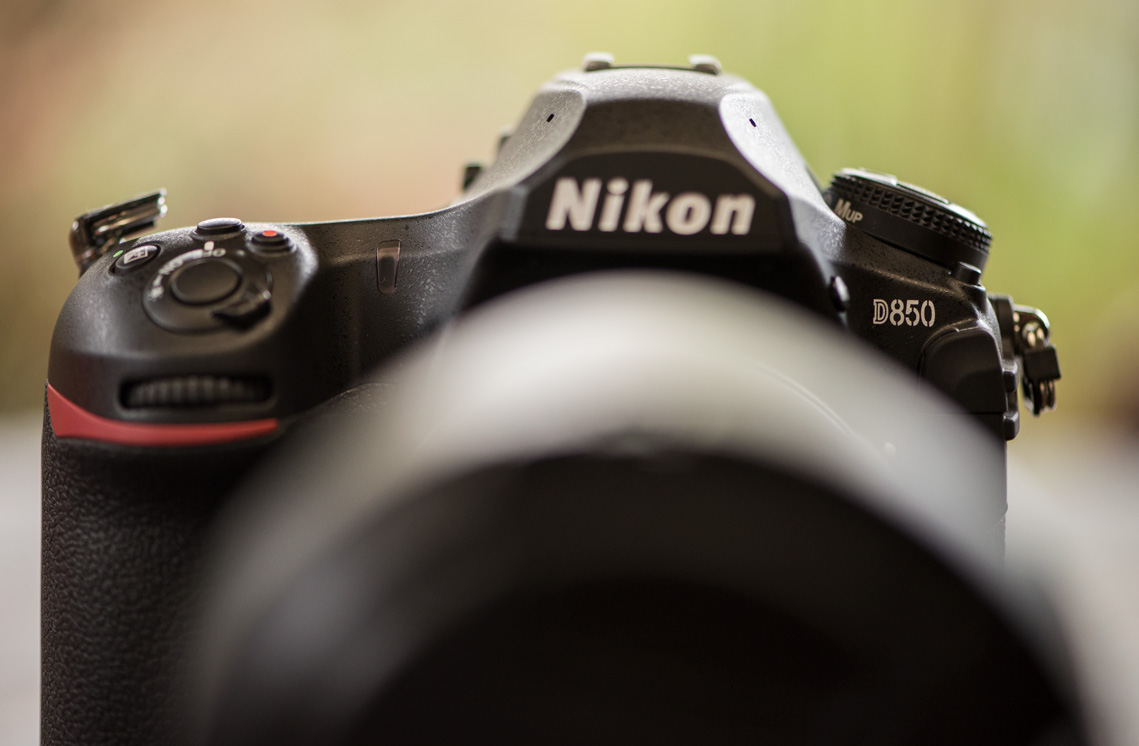
The very impressive specs aside, the real acid test comes from how the camera handles and performs. And, thanks to Nikon Australia and Team Digital, I had the opportunity to spend a few days with the Nikon D850. My verdict won’t be based on an in-depth analysis of the specs and technical tests to take every one of the impressive specs to task. I’m a photographer, a visual storyteller… not an engineer. So, my “testing” of the D850 was more focused on how it handles in the range of often challenging situations that photographers find themselves shooting.
The verdict: it’s amazing, but you are paying (at least here in Australia) for each and every special feature and function that comes with this camera. It runs at around AUD$1200 – AUD$1500 more than the D810 when that was first released, so you’ll need to work out if the extra cost is worth the upgrade.
What works in the D850? Let’s begin with the interface.
The D850 borrows from the physical interface introduced with the D500 (and which has been a staple of the flagship D4 and D5); it has a deeper grip, which makes it fit much more solidly in your hand, and there has been a change in the layout of easy-access buttons. The ISO button is now located at the top right of the camera, between the aperture and shutter speed scroll wheels, which means that you can now quickly and easily make changes to your ISO, along with your aperture and shutter speed, without having to take your eye off the optical viewfinder. The viewfinder is also bigger, clearer and with a 0.75x magnification which makes it easy to spot everything in the frame you’re about to take. It doesn’t feel any bigger than the D810 (in fact, I formed the impression that it was slightly smaller) and I found it very easy to carry around. So a big plus in interface design from me.
The D850 also features an LCD screen that tilts and, like the D500 before it, can be set up to be fully touch-sensitive for control. This means that you can touch to focus, as well as touch to focus as well as capture an exposure. It makes taking live view photographs so much easier — especially for landscape photographers or those who work with the camera mounted on a tripod. It means that I no longer need to be squatting down next to the tripod if I have the camera mounted low and I can quickly choose a point of focus with a simple touch, without having to use the four way control buttons to move the focus point across the screen.
Also a joy to use on the D850 is the joystick (get the pun? 🙂 ), which lets you quickly and intuitively move the focus point across the focus area in the viewfinder. With all key exposure and focus controls within reach of your thumb and index finger, the D850, like the D500 before it and the D5, makes shooting a lot more intuitive and seamless, especially for photographers who need to shoot quickly and accurately (sports, wildlife, events etc).
My first trial with the D850 was done in very low light, and its low light photography performance is outstanding. I was catching up with some friends at night and decided to take the D850 out with my favourite 50mm f1.4 lens to see how it performed at higher ISOs. I shot at around ISO1600 – ISO6400 and there’s no chroma noise and luminance noise at around ISO3200 onwards appears as very fine grain. I even amped shooting up to ISO 12,800 and the noise presented itself as incredibly fine grain.
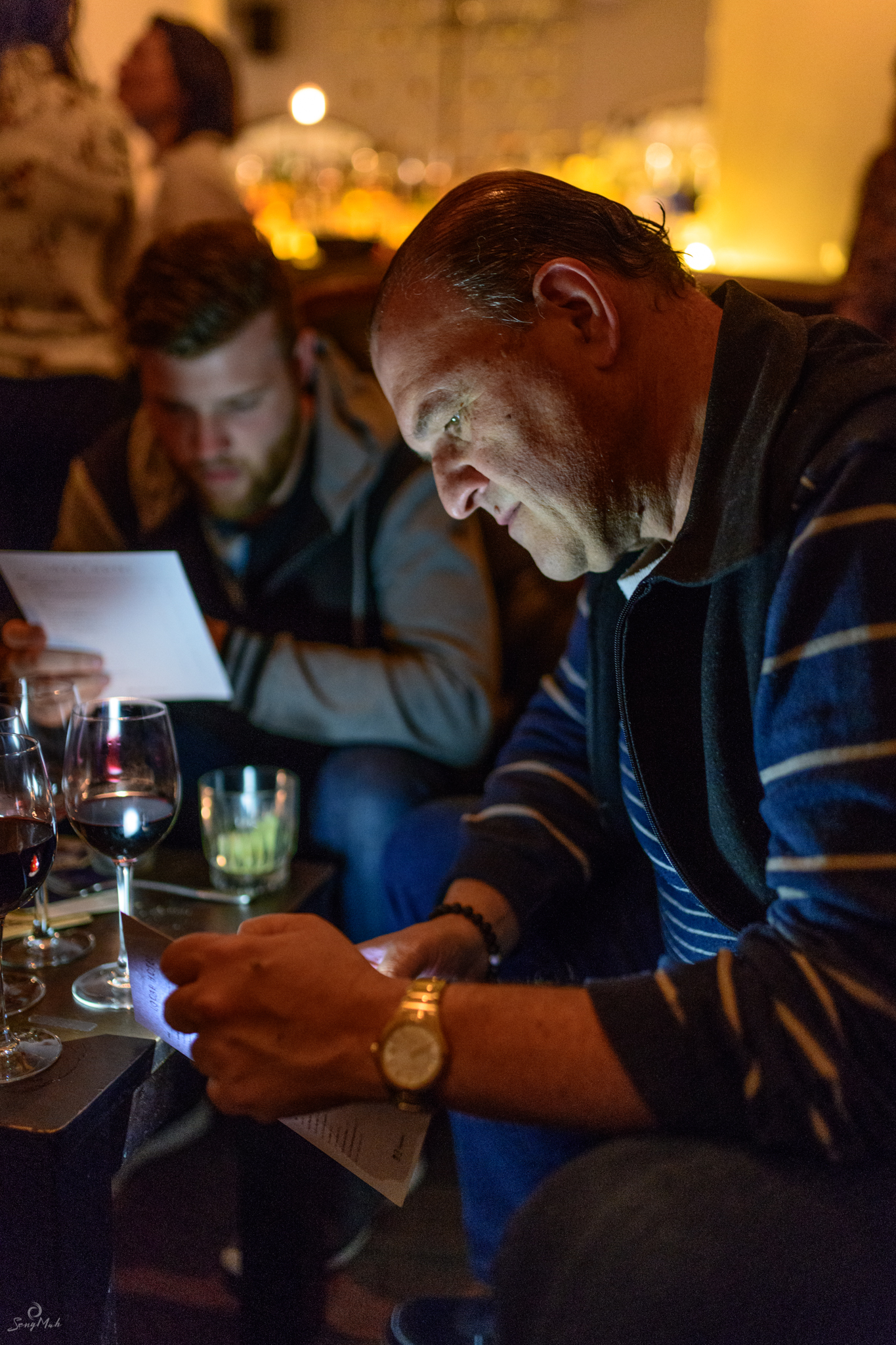
This photo of a mate studying the menu at The Local Hotel in South Fremantle shows the autofocusing capabilities of the D850 — this room was very dimly lit and I was able to autofocus on Tony’s face (eye) lit by the reflected light from his smartphone.
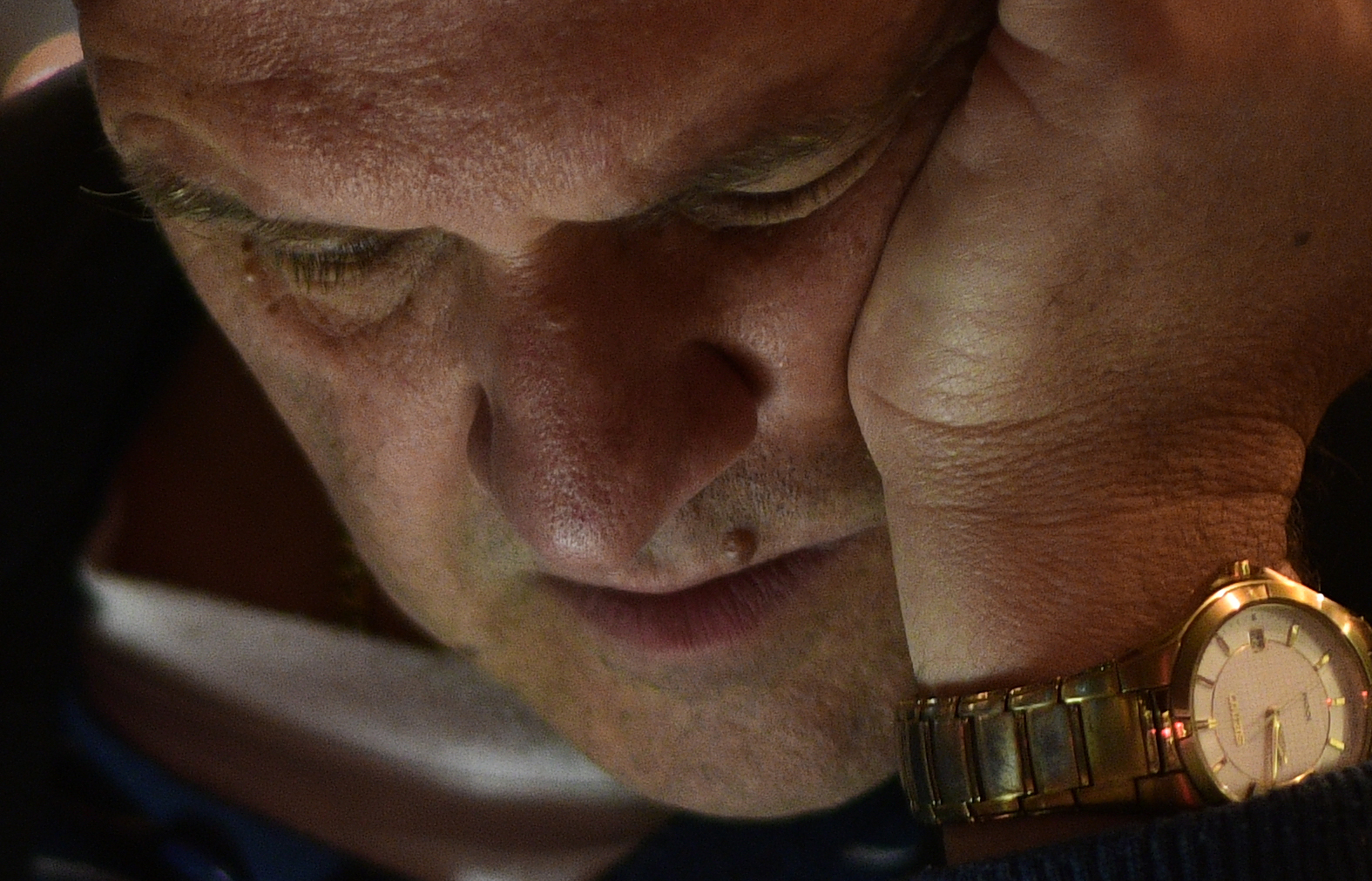
A tight crop around Tony’s face, showing detail taken at ISO 3200.

At a separate staged shoot with another friend, I raised the ISO to 12,800 and used the light from a smartphone on his face. Here’s the result. A close look at full magnification reveals very fine grain that does not affect the quality of the portrait.
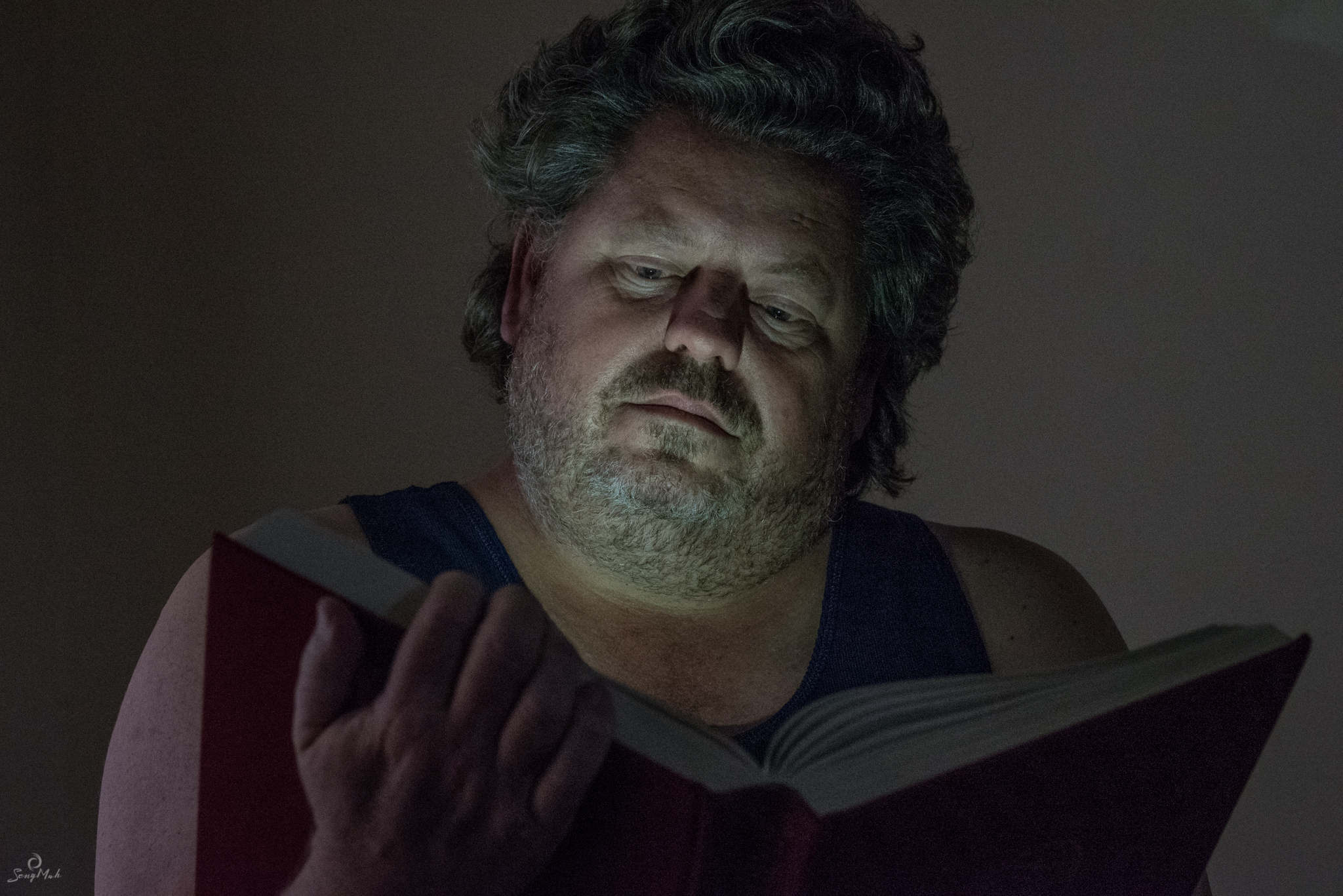
The autofocus control in the D850 is superb. With 153 autofocus points available in the viewfinder, it makes focus tracking much easier and more accurate. As evident in the examples provided above, the autofocus works beautifully even in low light (Nikon explains that you can autofocus in low light up to -4 EV, with AE metering down to -3 EV!).
The Nikon D850 also boasts a fully quiet Silent Shooting Mode in Live View. Set this up and no one will know that a photo has been taken. It’s potentially useful for street photography (you could use the tilting LCD as your waist-level viewfinder) or for photography where the sound of the mirror lockup might interrupt proceedings or alarm wildlife you’re photographing.
One of the big plusses in the D850 is its focus peaking in Live View, a feature which it borrows from mirrorless camera systems. In Live View and in Manual Focus, you can see parts in the scene that’s in focus appear in a bright colour (eg. red). This is particularly helpful when you’re looking at nailing focus at shallow depths of field (for example, making sure the eye is in focus to the exclusion of the rest of the face), or checking that your depth of field is deep enough when shooting at smaller apertures (for example, making sure your landscape photograph has all elements in focus into the depth of the image). The following photograph of a droplet of water trapped in some foliage was achieved by using focus peaking on manual focus on a Nikkor 105mm f2.8 VR lens.
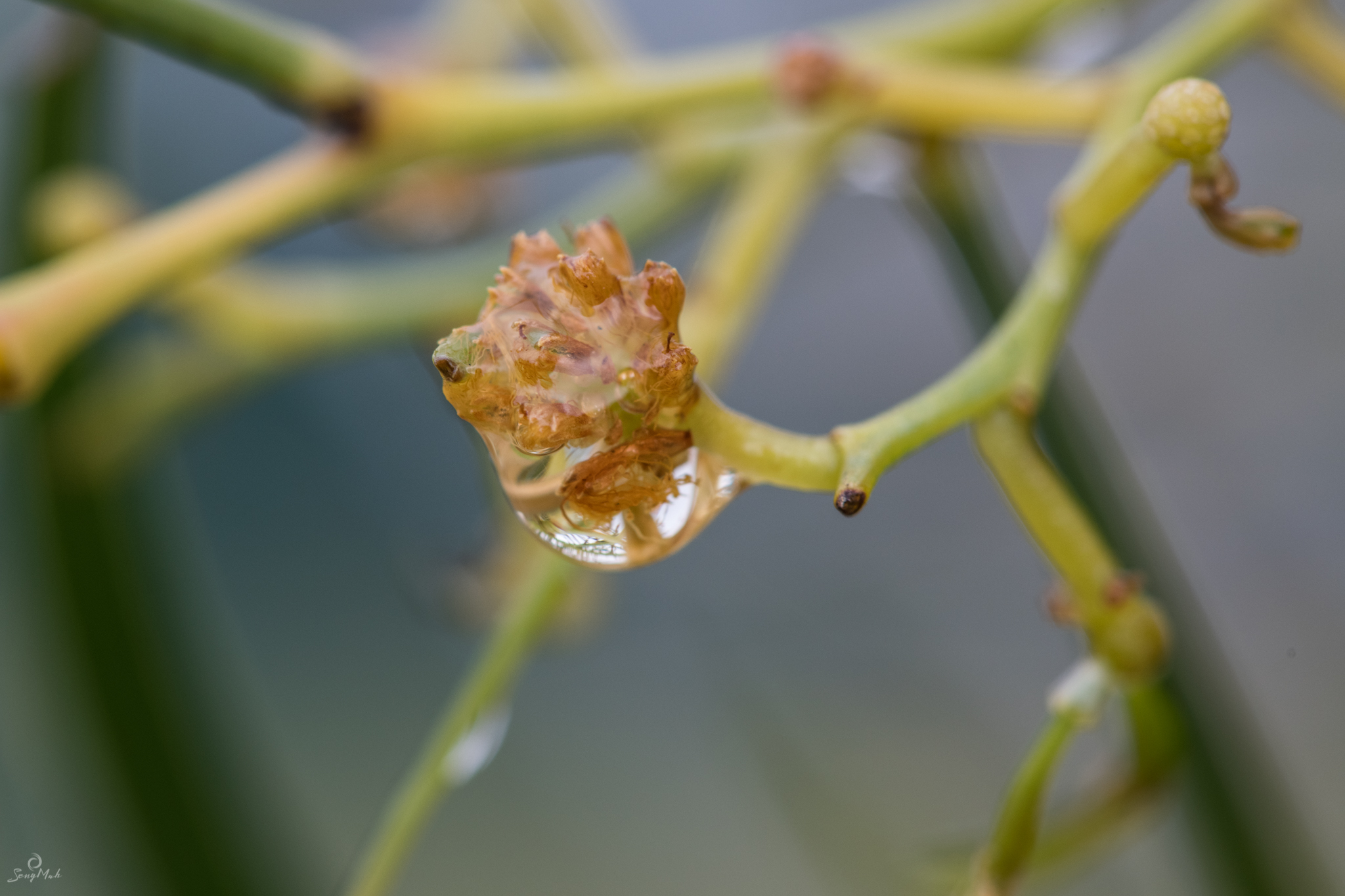
Also borrowed from mirrorless systems is is the inclusion of highlight detection in Live View via the zebra stripe exposure warning. This identifies areas in your image, when viewed in Live View, where highlights are at risk of blowing out.
As with all of Nikon’s higher range DSLRs, the D850 boasts the ability to capture a wider dynamic range on its sensor than other brands/models, and the D850 extends this range just a little wider than the D810. If you’re a landscape photographer looking at the ability to draw detail from shadows and recover detail from highlights in your Raw file processing, this is going to be a boon. It’s not an earth-shattering improvement on the D810 or D750 in terms of dynamic range but for many landscape photographers, every bit of potential recovery counts.
The following “scapes” were shot for highlight/shadow recovery in Lightroom CC:
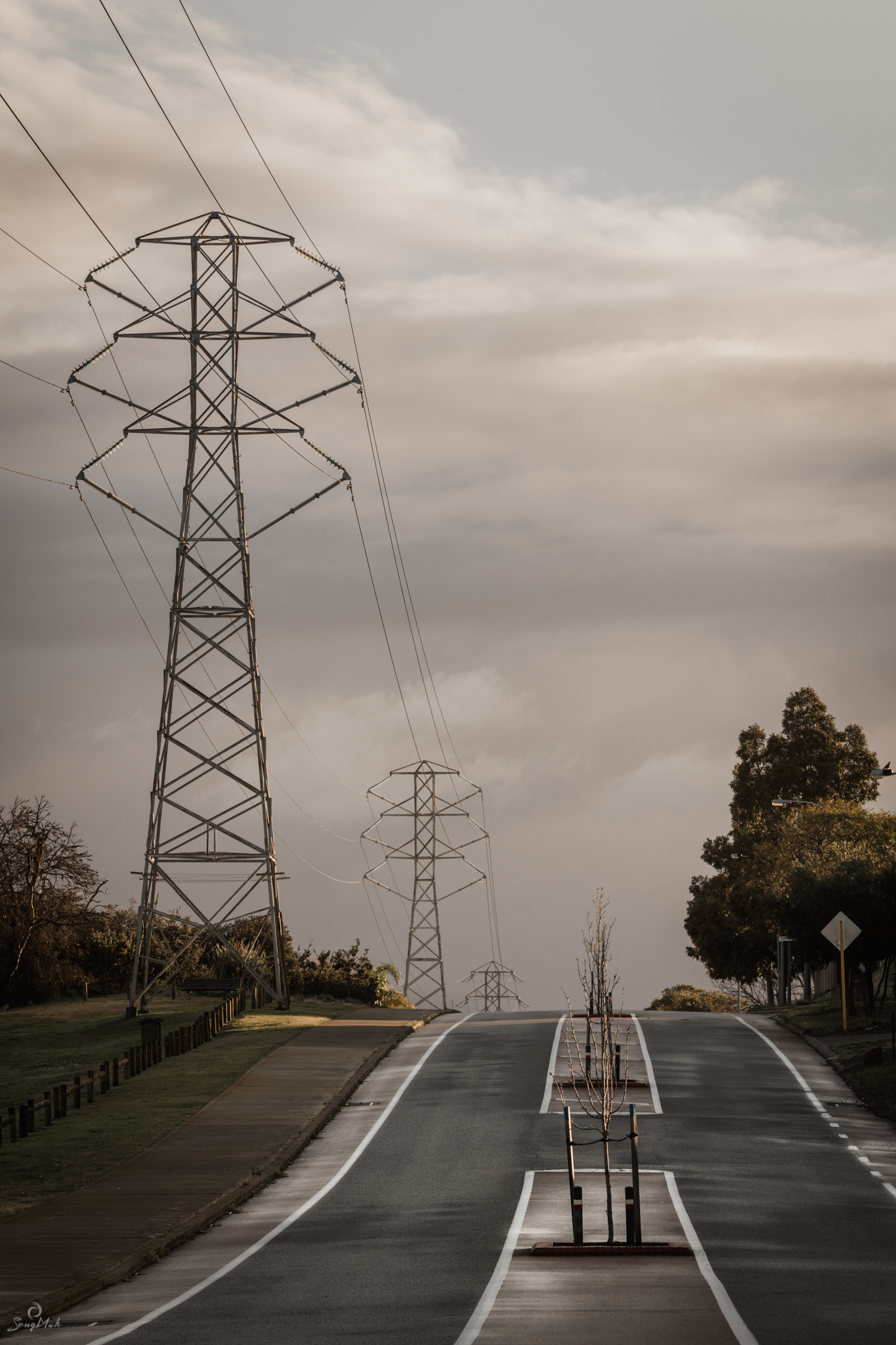
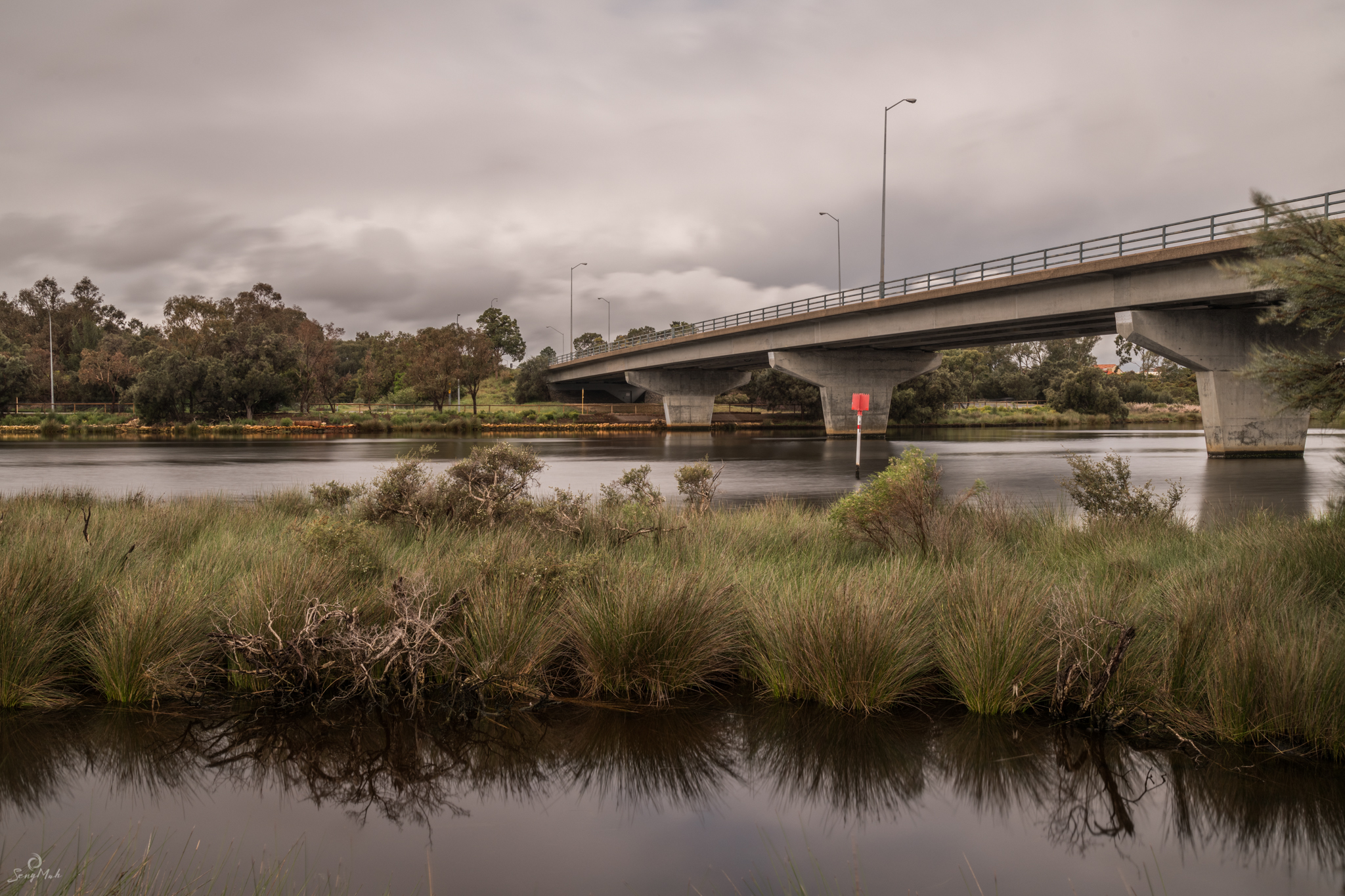
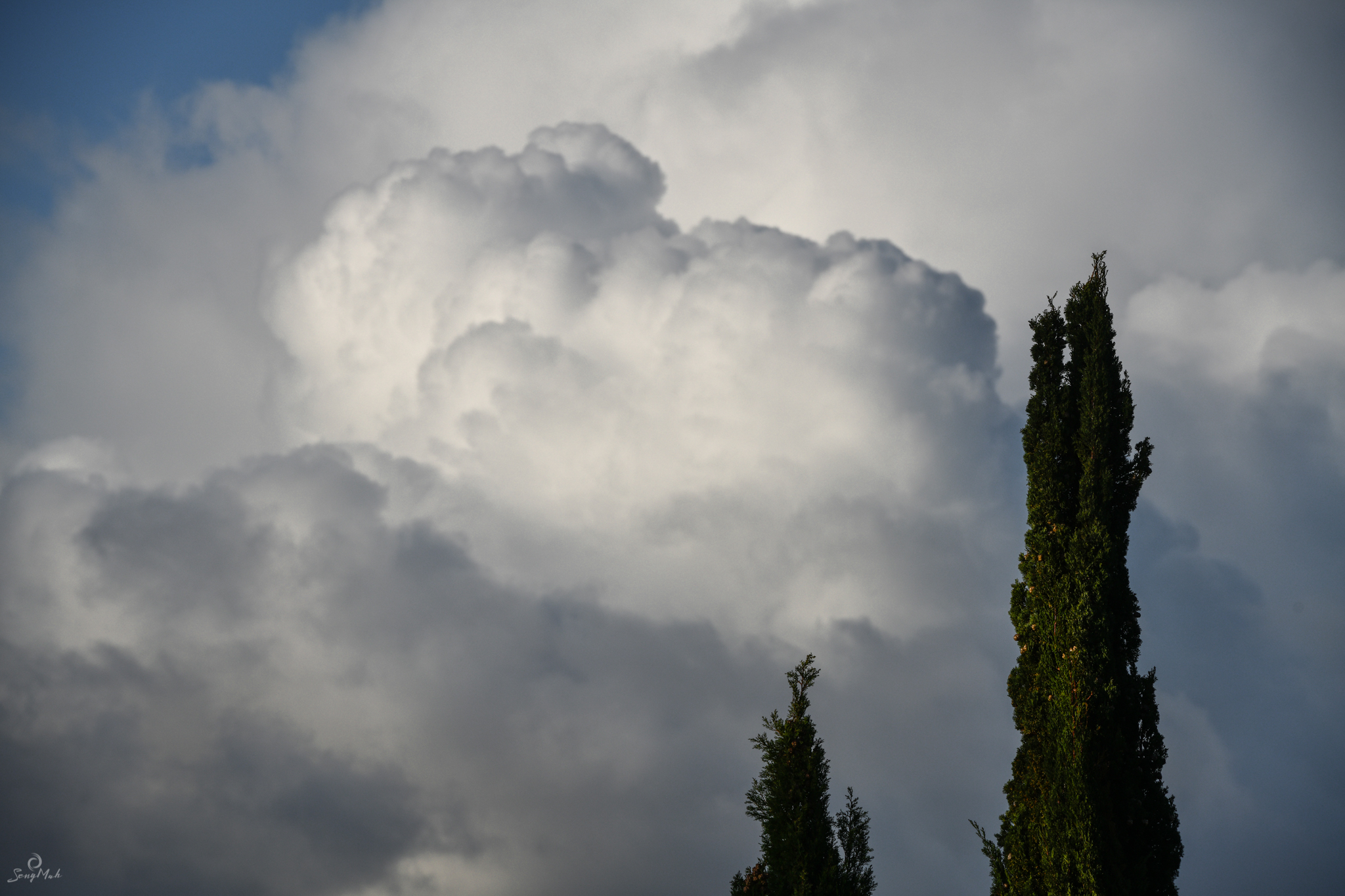
The D850 sensor’s ability to retain detail in shadows and highlights isn’t just a boon to landscape photographers. Here’s a one light portrait with recovery applied during Raw processing:
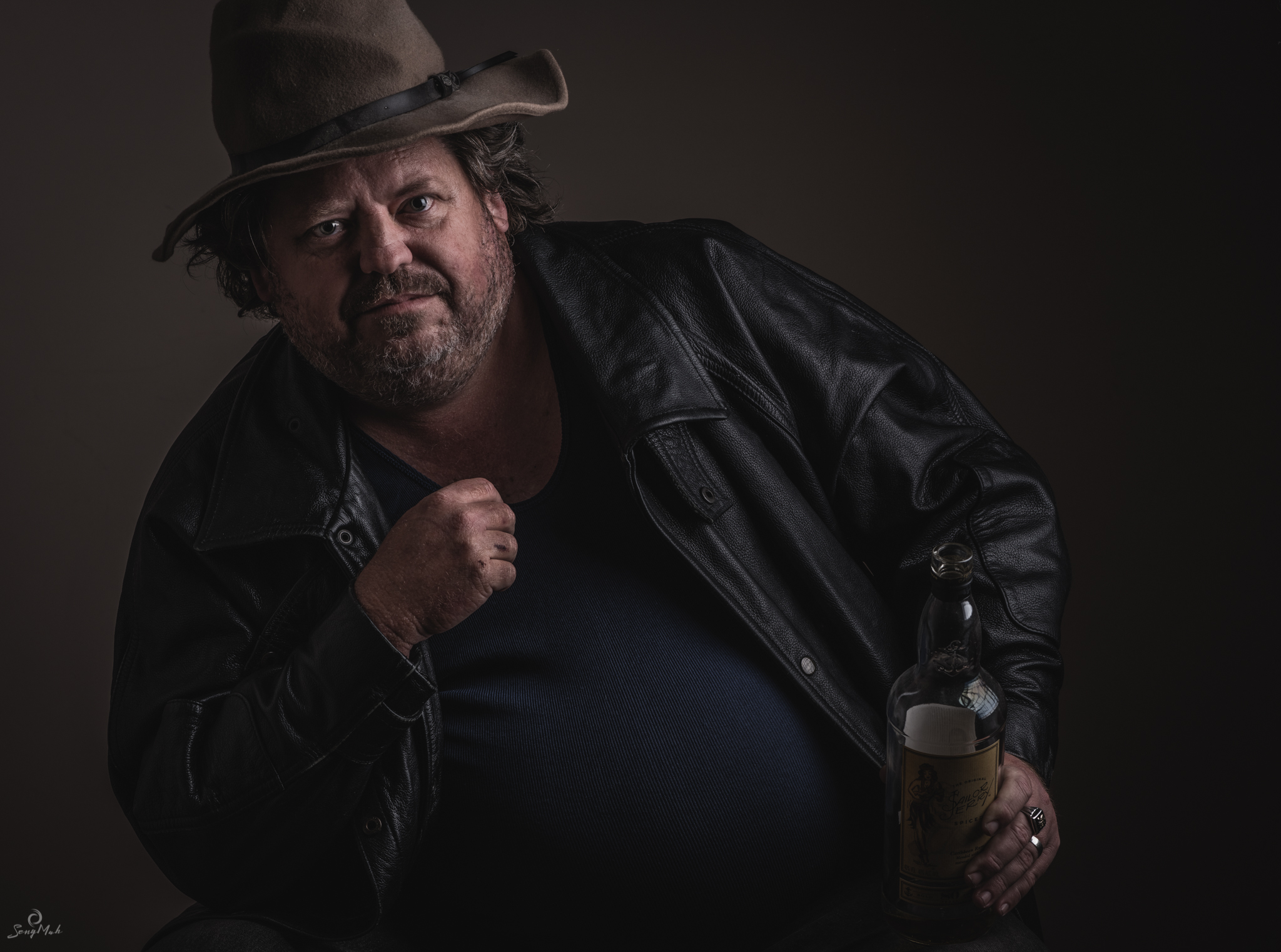
The D850 comes with a very impressive auto-focus stacking function that’s remarkably easy to use and takes the headache out of focus-stacking. Nikon calls it Focus Shifting and the idea behind it is to take a series of images of the same scene with the focus shifting from foreground to infinity across the series of images. You then stack the images together using software like Adobe Photoshop or Helicon focus, which will blend the images together to produce a final image where you have sharp detail from foreground to background. In using focus-shift in the D850, you obtain the initial foreground focus, then specify focus steps intervals (wide to narrow) and the number of shots (the D850 will stop shooting once it has reached focus on infinity, regardless of the number of shots specified).
It’s a feature that’s going to be very useful for photographers who create this style of imagery (landscape photographers, real estate photographers); its application in macro photography is a little bit limited as macro photographers tend to obtain focus (when shooting in full 1:1 macro magnification or higher) by shifting the focal plane across the subject (though I’m happy to be proven wrong on this if there are any true macro photographers out there using focus shift on the D850 to focus stack).
I’m tempted to brand the Nikon D850 as “the serious photographer’s camera”. There is so much about it that impresses and it seems to be the culmination of a happy synchronicity in digital image performance and physical design. Its price point in Australia is fairly high, when compared to what it retails at in the US, but cost has rarely been an issue with photographers who are chasing quality, high performance and outstanding image output. It’s the kind of camera that begs to be used and used often; to purchase it and leave it on the shelf would be a cardinal sin.
The Nikon D850 is currently available (there may be a little wait time for delivery as stocks have been selling like hotcakes). Contact your local camera store and see if you might be able to give one a test drive. If you’re in Perth,I recommend Team Digital on Lord Street in East Perth — the friendliest pro-photography store in town!

No Comments